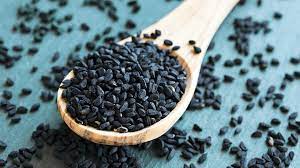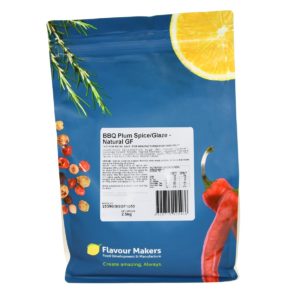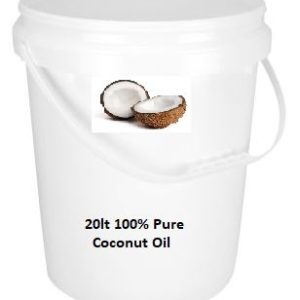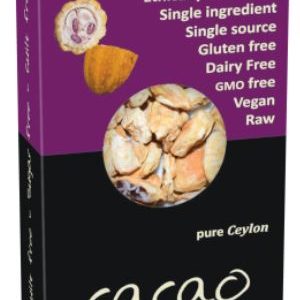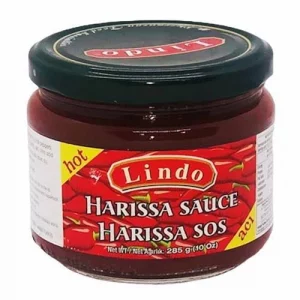What are nigella seeds (also known as Kalonji)
Nigella seeds have a mild, nutty onion flavor, and they are used as a condiment in India and the Middle East on flatbreads and vegetable dishes. Their shape has an interesting appeal, edgier than sesame, but they can be used in many of the same ways. Give them a quick toast in a dry skillet to bring out the most flavor. Nigella seeds can be sprinkled on all manner of vegetable dishes and salads, from a simple stir fry to baked sweet potatoes
One of the oldest spices known to be used, nigella seeds (n. sativa) were found in Tutankhamun’s tomb and are mentioned in the Bible’s Old Testament, although their use is not clear.
Nigella sativa, also known as black cumin or black seeds, is a medicinal herb native to the eastern Mediterranean, northern Africa, southwest Asia, and the Indian subcontinent.
Their appearance means they are commonly called black onion seed, but they have nothing to do with the onion family. They are an original and non-challenging spice with which to experiment.
Kalonji is packed with fibers, proteins, sodium, iron, potassium, and calcium. The tiny black seeds are rich in vitamins including vitamin A, B, C, and B12. Kalonji seed oil is a powerhouse of essential fatty acids, minerals, and vitamins.
How to cook nigella seeds
Nigella seeds are not generally included in cooking except as a topping for Indian naan breads. North African bakers often knead them into white breads, so there are two clues on which to base some experimenting with more familiar cookery, perhaps as an ingredient in pancakes or savoury scones.
For starters, toast them lightly to release the essential oils. Then grind them or throw them whole in an Indian dish. I added them to my favorite curried red lentil soup, but they would work in all kinds of South Asian dishes, from simple vegetable curries (like a Bengali potato stir-fry or a spiced butternut squash to naan bread. They’re also part of the spice mixture called panch phoran, along with fenugreek, mustard, fennel and cumin seeds, common in Bengali dishes.
Bread seems to be a cross-cultural use for nigella seeds—aside from naan, it’s also used to top flatbreads in Turkey and elsewhere in the Middle East, and in Eastern Europe is sprinkled on Jewish rye bread in place of caraway seeds. So my bagel reference might not be much of a leap.
Once you are familiar with the taste, the black dots add interest as a finishing touch to plain rice and to vegetables, especially such sweet ones as carrots and parsnips. They can also be used in salad dressings and are especially good on a simple, onion-free tomato salad. They add interest to all egg dishes as a sprinkle, from poached and boiled to scrambled and fried, and are good with cheese and cheese dishes, too.
For more profound flavours, dry roast or microwave the seeds before use.
How to store nigella seeds
Kept cool and dark in an airtight container, nigella seeds have a very long life. Discard if there is a musty, rather than sharp, smell.

